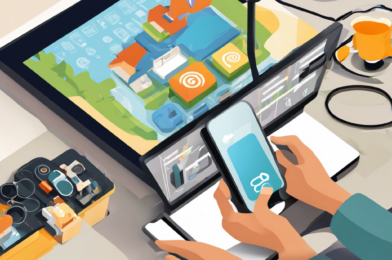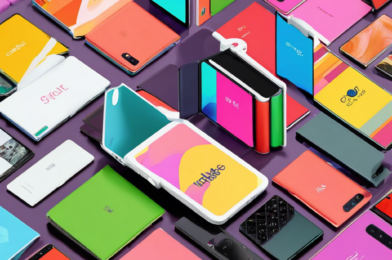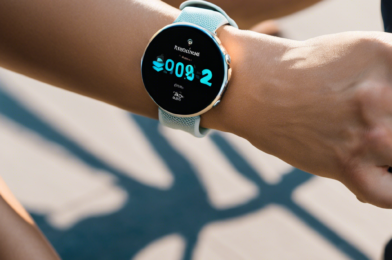The world of technology can be intimidating for anyone, but it can be especially daunting for seniors. With the rapid pace of technological advancements, it’s easy for older adults to feel left behind and struggle to keep up with the latest gadgets and gizmos. However, there is a myriad of user-friendly tech devices designed specifically to improve the quality of life for seniors and make their daily tasks easier.
One such example is the plethora of smartphones and tablets on the market that offer larger screens and simplified interfaces. These devices can be customized with large fonts and icons, making them easier to see and navigate. Many also come with built-in features that assist with hearing and speech, such as voice-to-text capabilities and amplified audio. Additionally, there are now smartphones designed specifically for seniors, offering simplified menus, easy-to-use emergency contacts, and step-by-step guided processes for common tasks like sending emails or accessing the internet.
Another useful tech device for seniors is the wearable fitness tracker. These devices can help older adults monitor their health and stay active by tracking steps, measuring heart rate, and providing other important health metrics. Some trackers even offer fall detection and emergency response features, giving both seniors and their loved ones peace of mind.
For those who have difficulty with memory and concentration, there are now digital memory aids and cognitive training tools available. These devices use interactive games and exercises to help improve memory, attention span, and problem-solving skills. They can also provide gentle reminders for daily tasks, such as taking medication or attending appointments.
Moreover, seniors can also benefit from smart home technology, which allows them to control lighting, temperature, and security systems with the touch of a button or even just their voice. This technology can provide added convenience, comfort, and safety for older adults living independently.
It’s clear that technology can greatly improve the lives of seniors, helping them stay connected, healthy, and independent. With so many user-friendly options available, older adults can now easily incorporate tech gadgets into their daily lives and reap the benefits that modern innovations offer.
To make these devices even more accessible, there are now programs and initiatives that offer training and support to help seniors get started with technology. Local community centers, libraries, and senior citizen groups often provide classes or one-on-one assistance to bridge the digital divide and ensure that everyone, regardless of age, can participate in today’s digital world.
By embracing these technological advancements and seeking out the necessary support, seniors can enhance their day-to-day lives, maintain their independence, and stay connected with their loved ones more easily than ever before.









